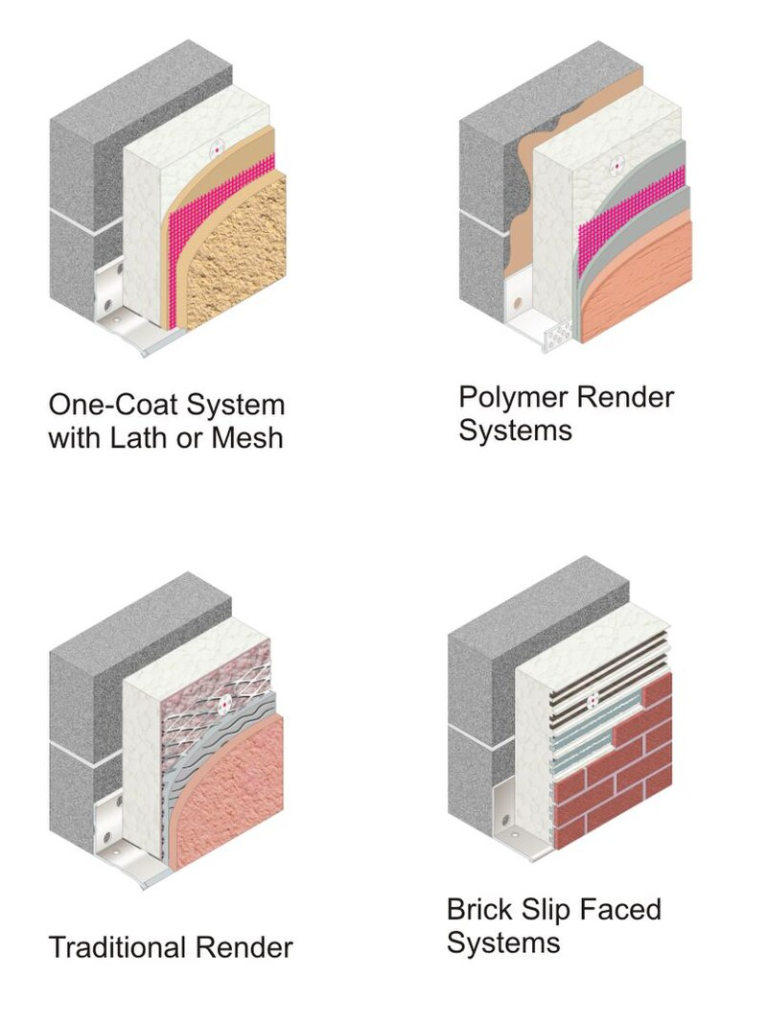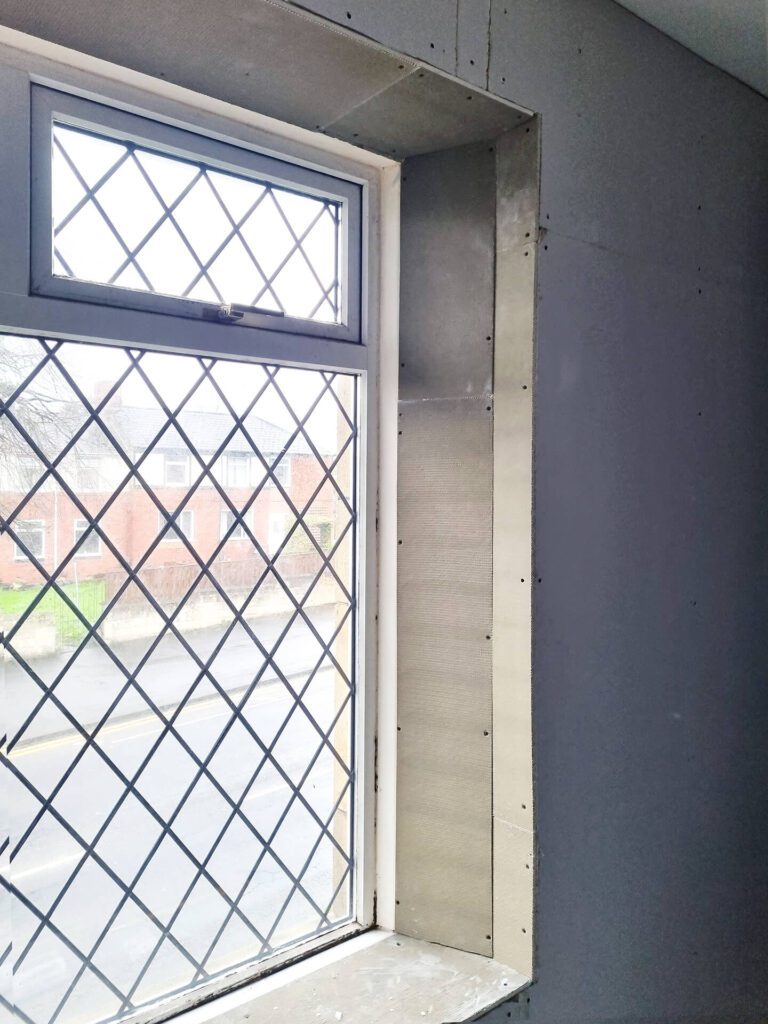Internal wall insulation involves adding insulating material to the inner surfaces of external walls. This method is particularly useful for older buildings with solid walls that lack cavity walls. Internal wall insulation creates a thermal barrier, preventing heat from escaping through the walls and keeping your home warmer during winter and cooler during summer.
- HOME
- ABOUT
- Grants
- SERVICES
- Free Energy Assessment
- Air Source Heat Pumps
- Solar Panel Installation
- Cavity Wall Insulation
- Externall Wall Insulation
- Loft Insulation
- Under Floor Insulation
- Hot Water Cylinders
- Smart Heating Controls
- Back Boiler Replacement
- Condensing Boiler Installation
- Non-Condensing Boilers
- Flat Roof Insulation
- Draught Proofing
- Windows and Doors
- Internal Wall Insulation
- Eligibility
- BLOG
- CONTACT





